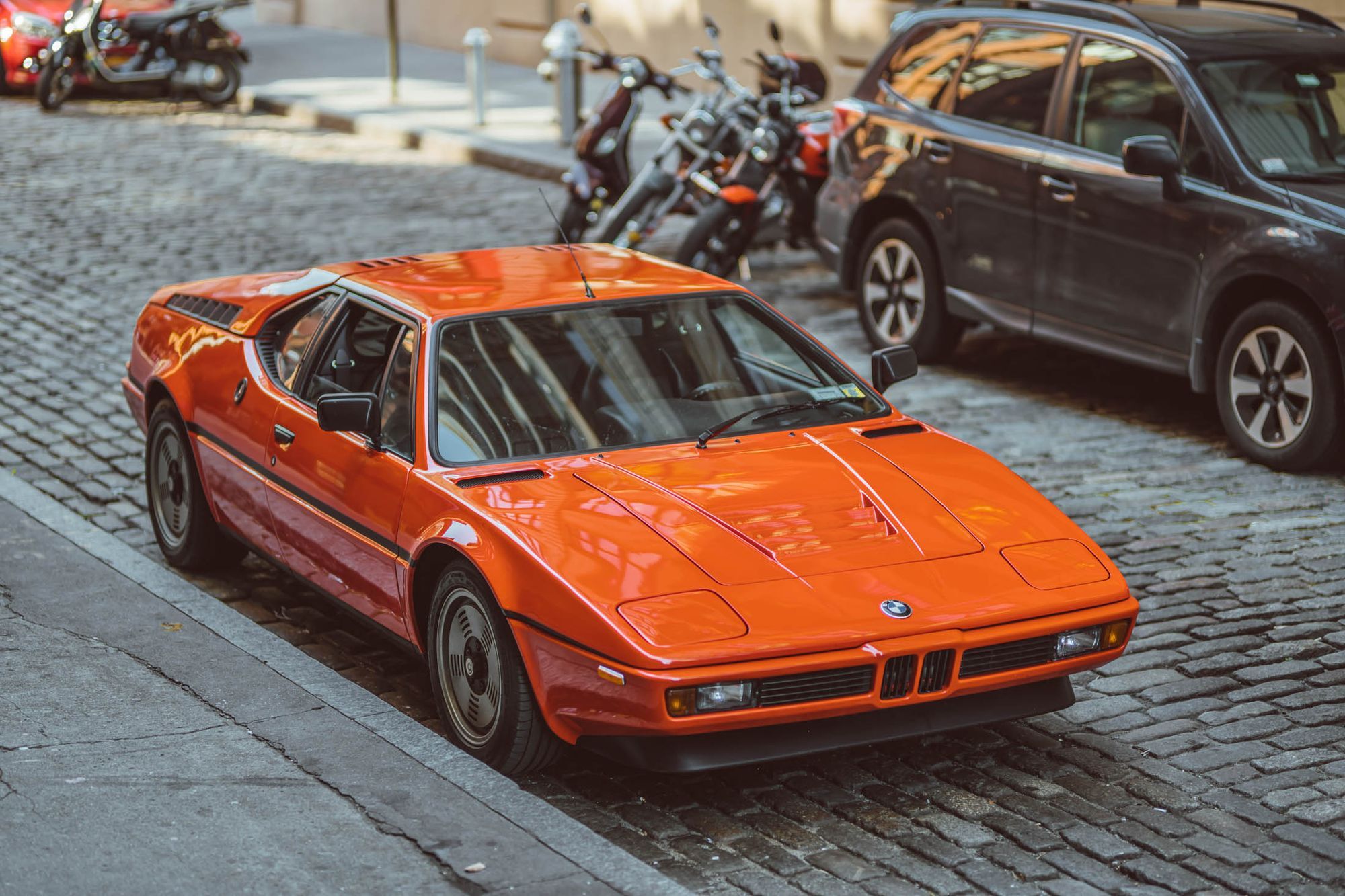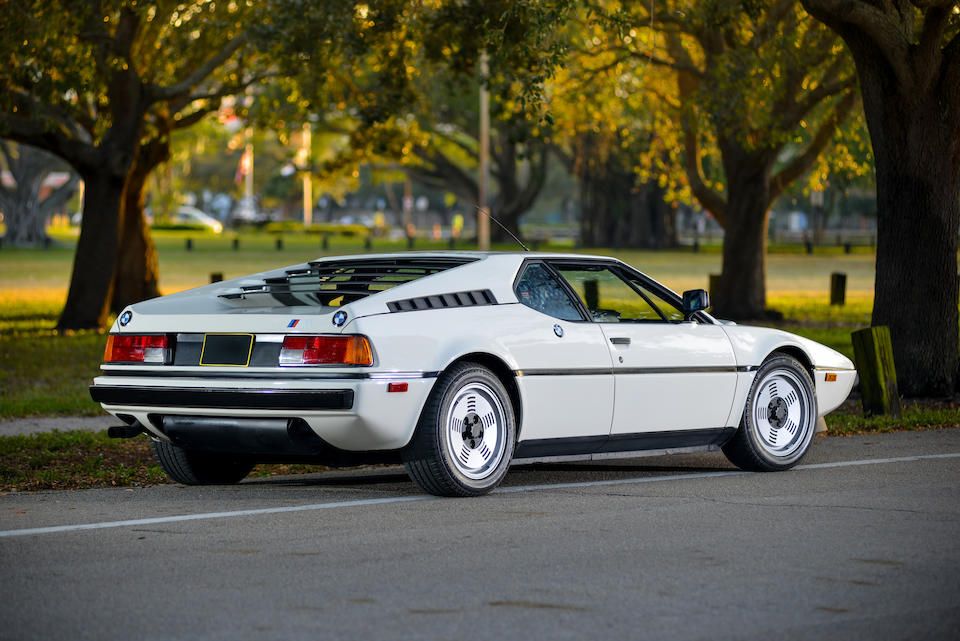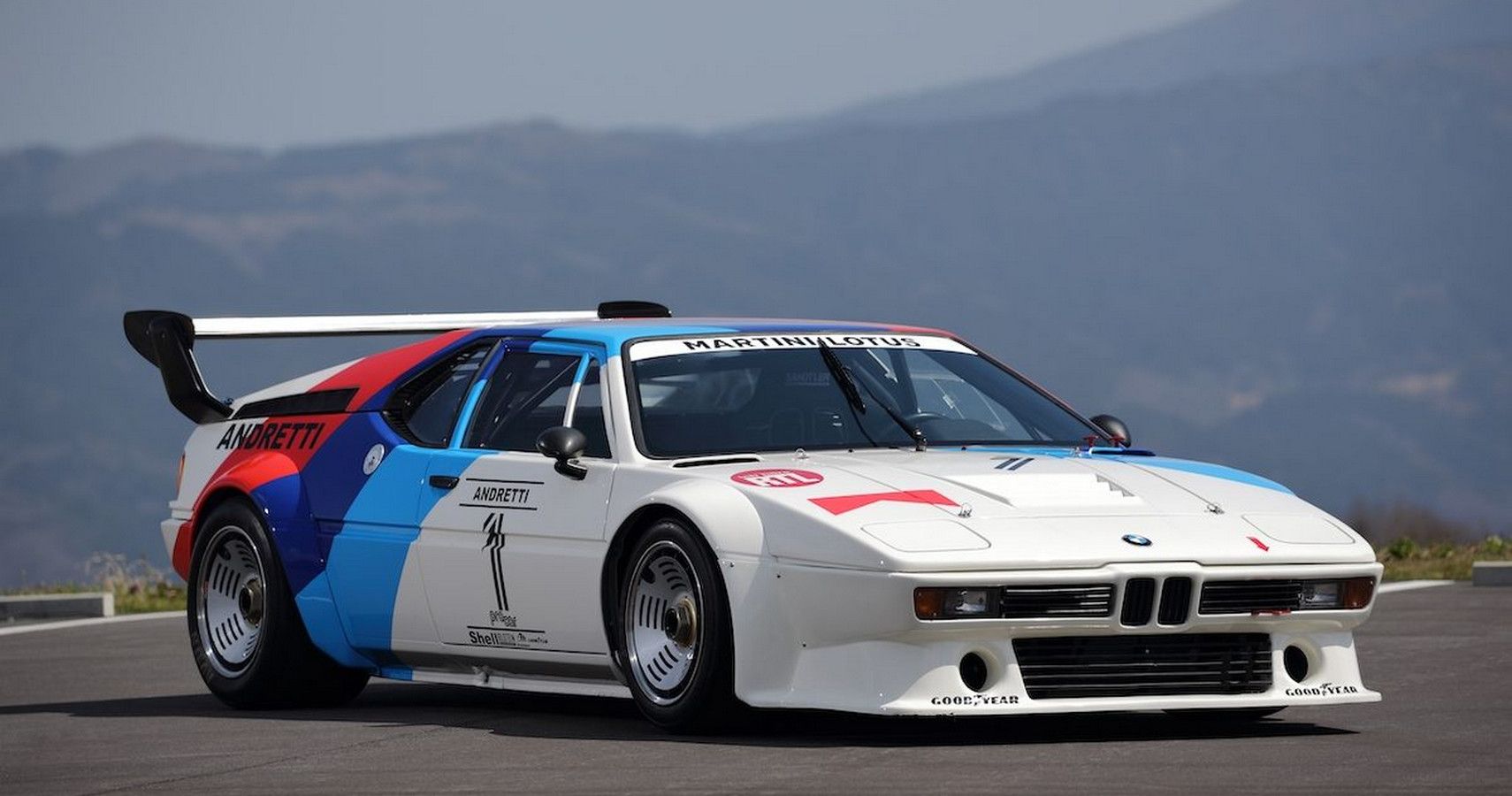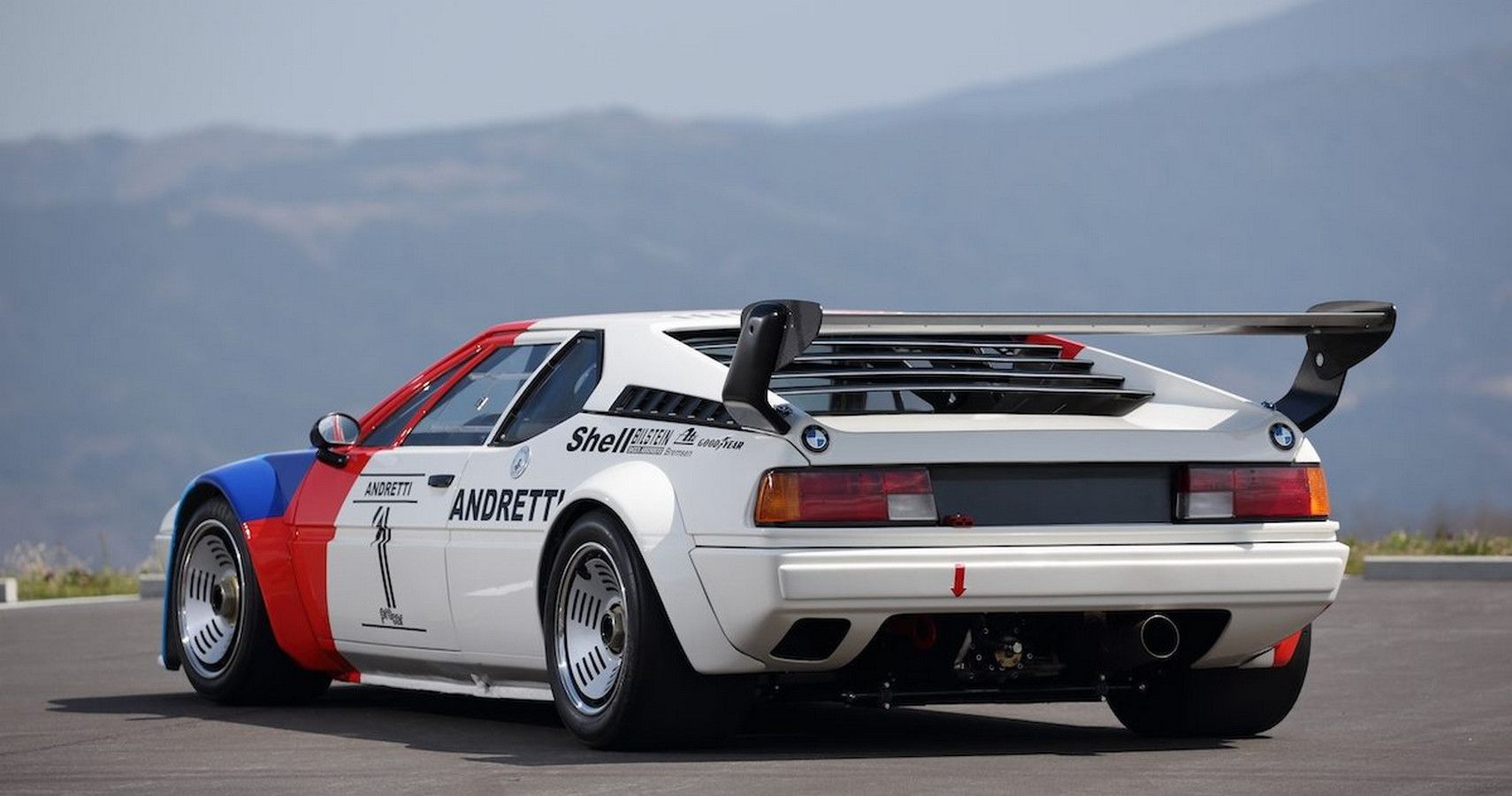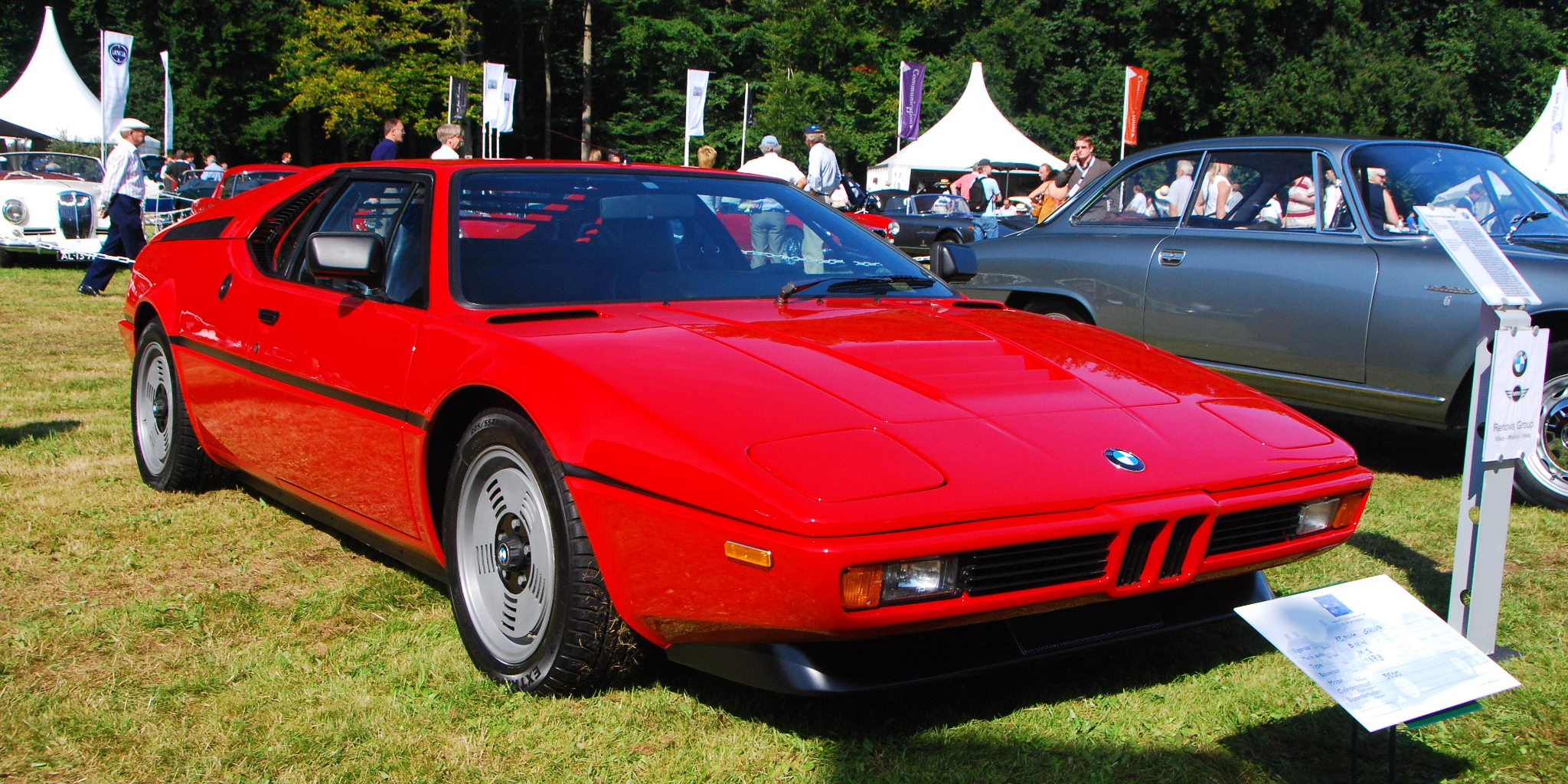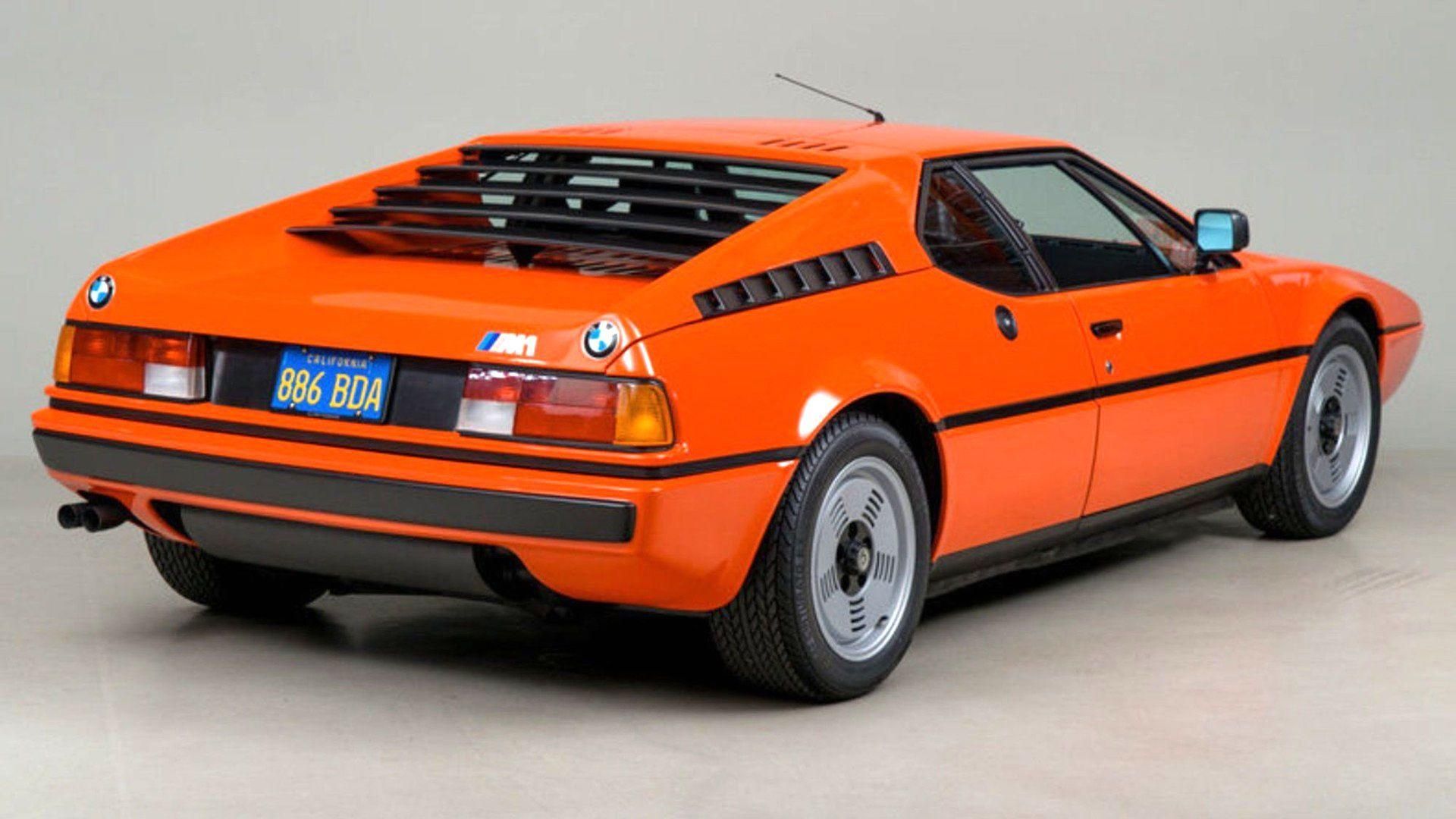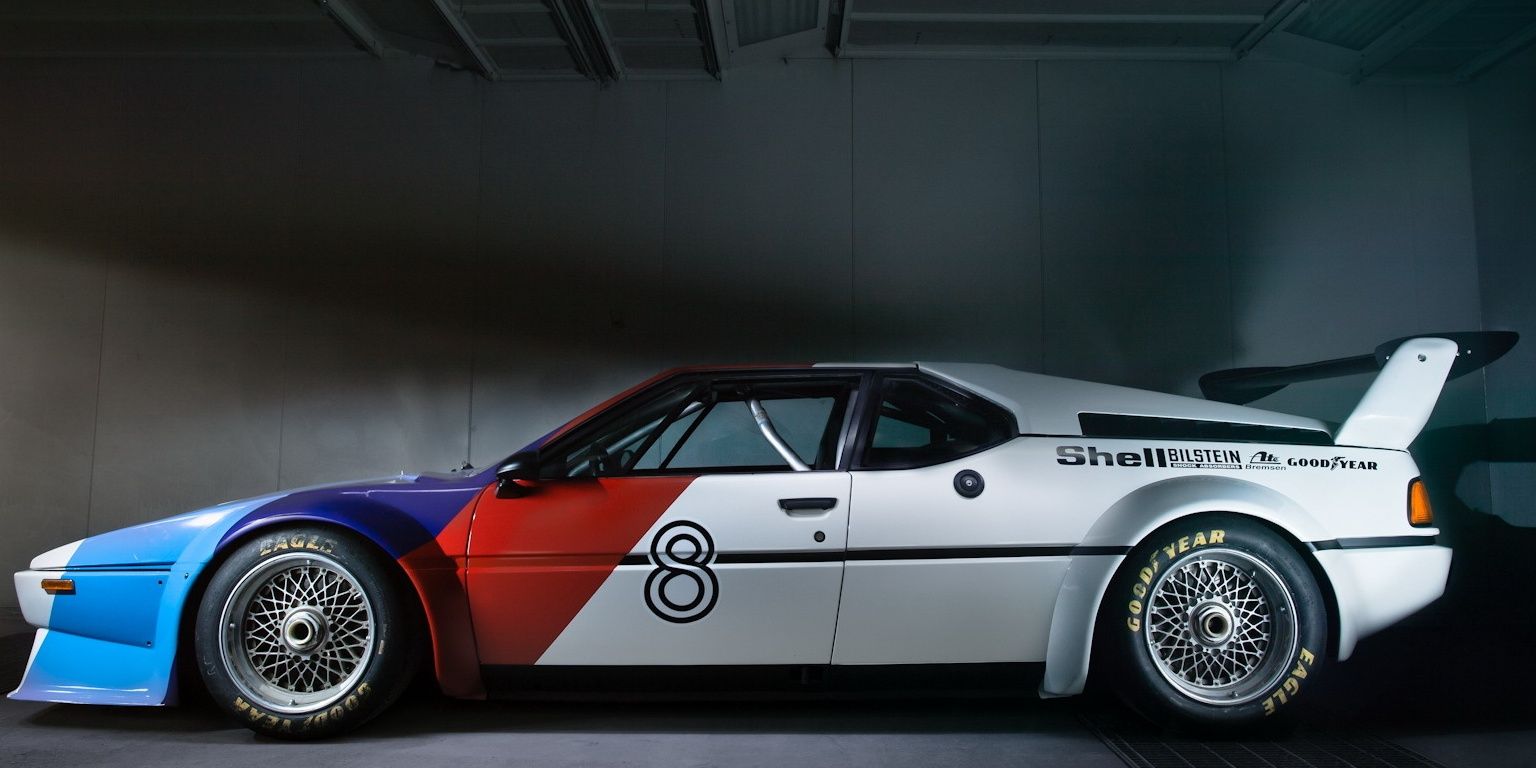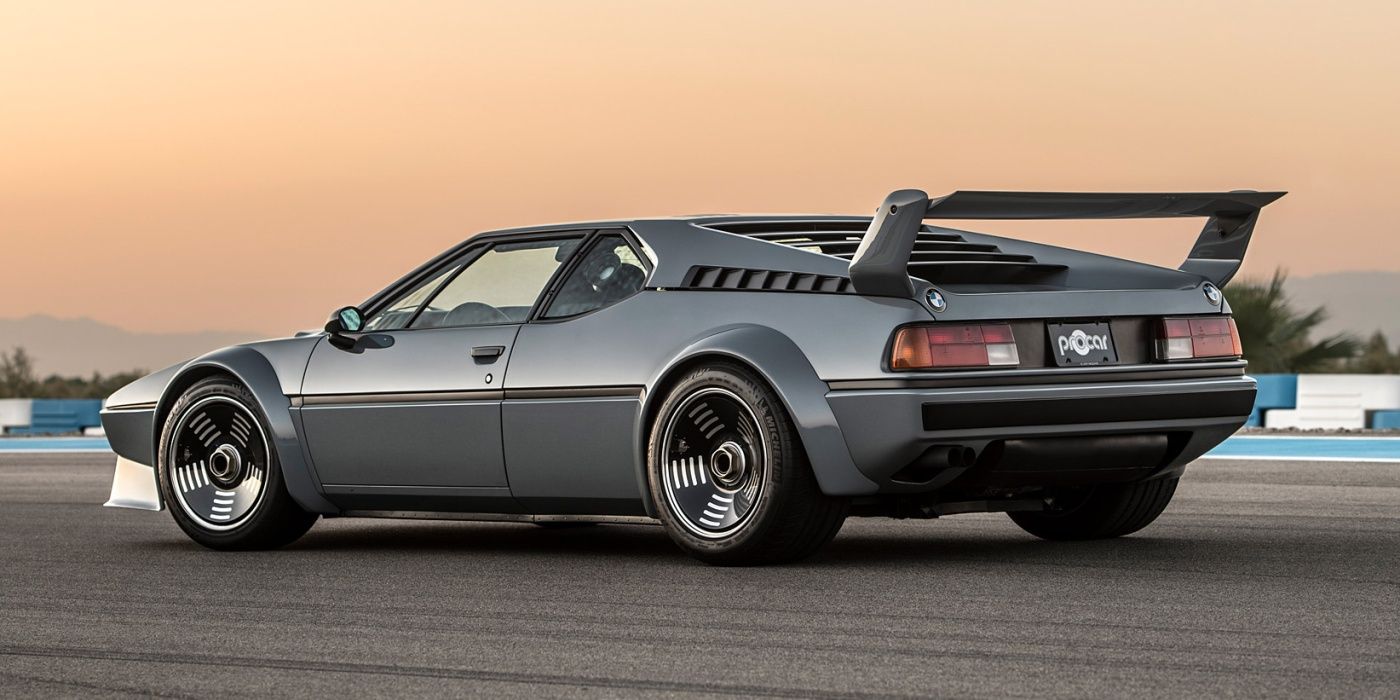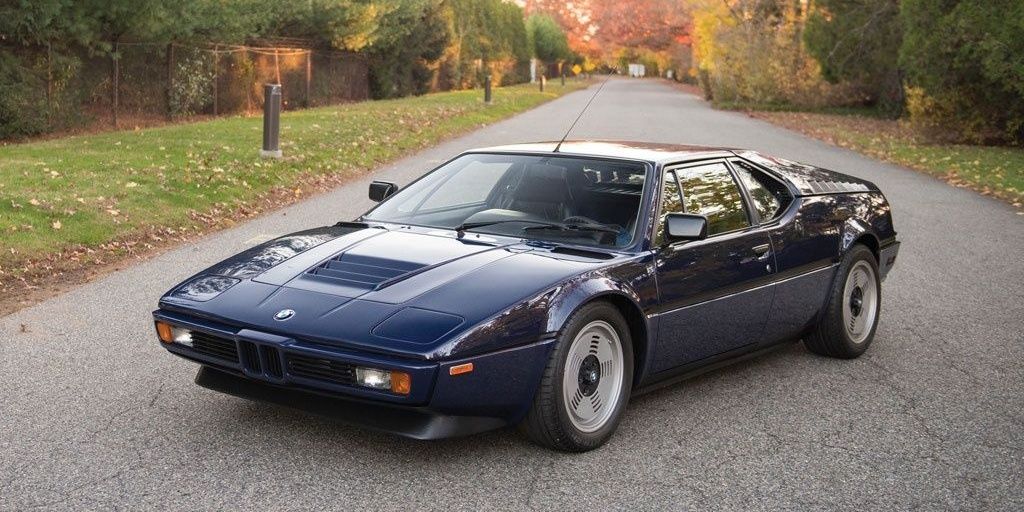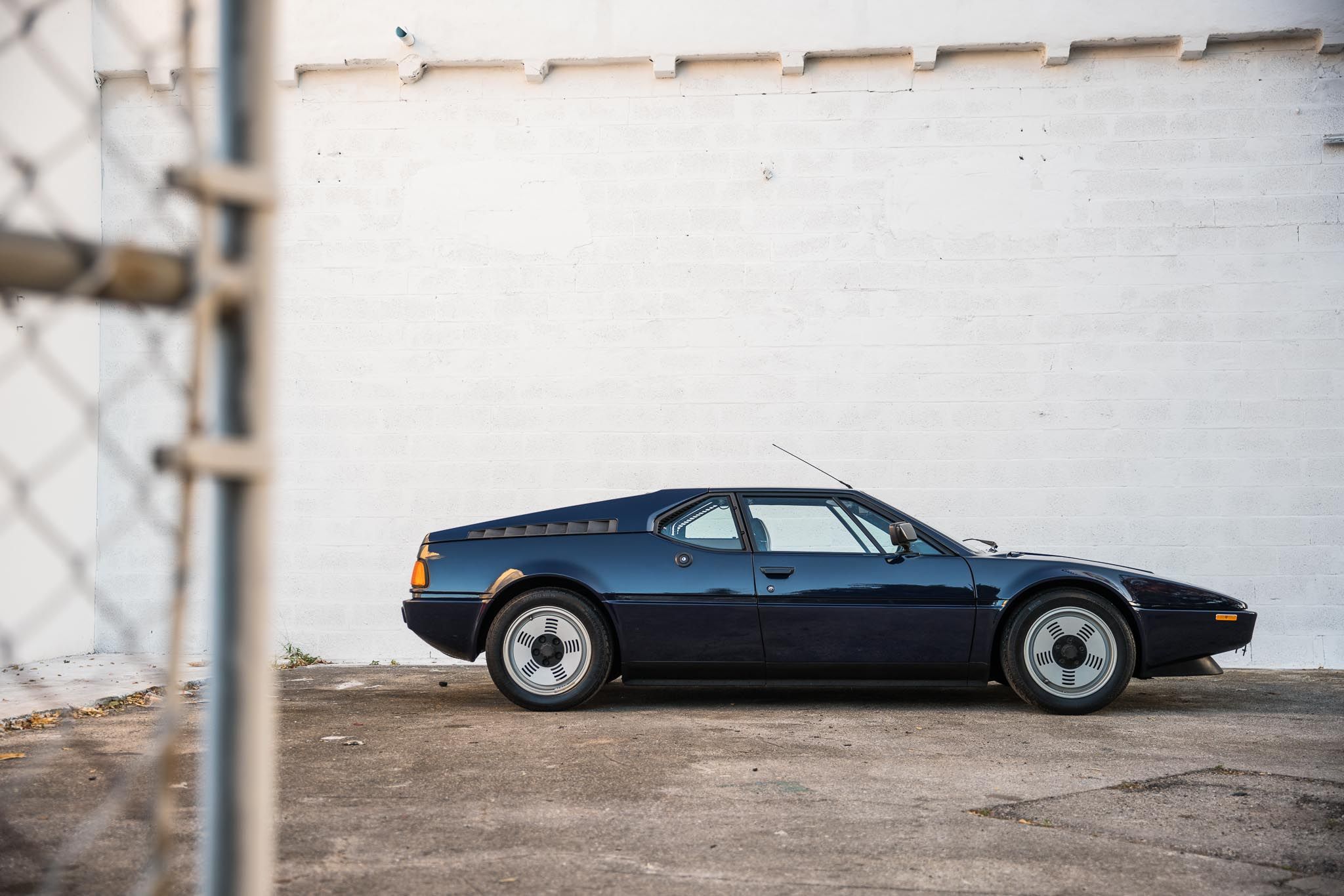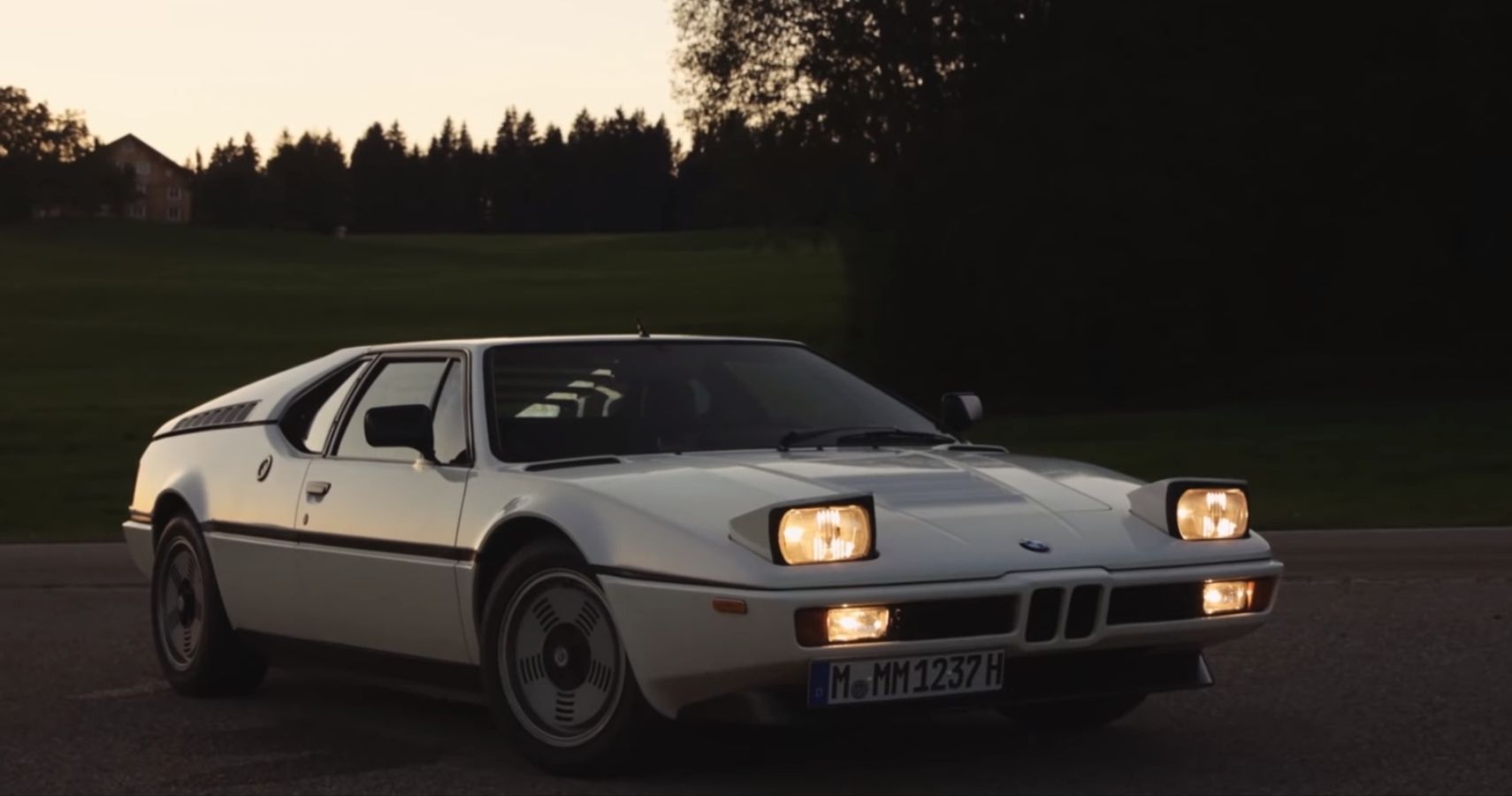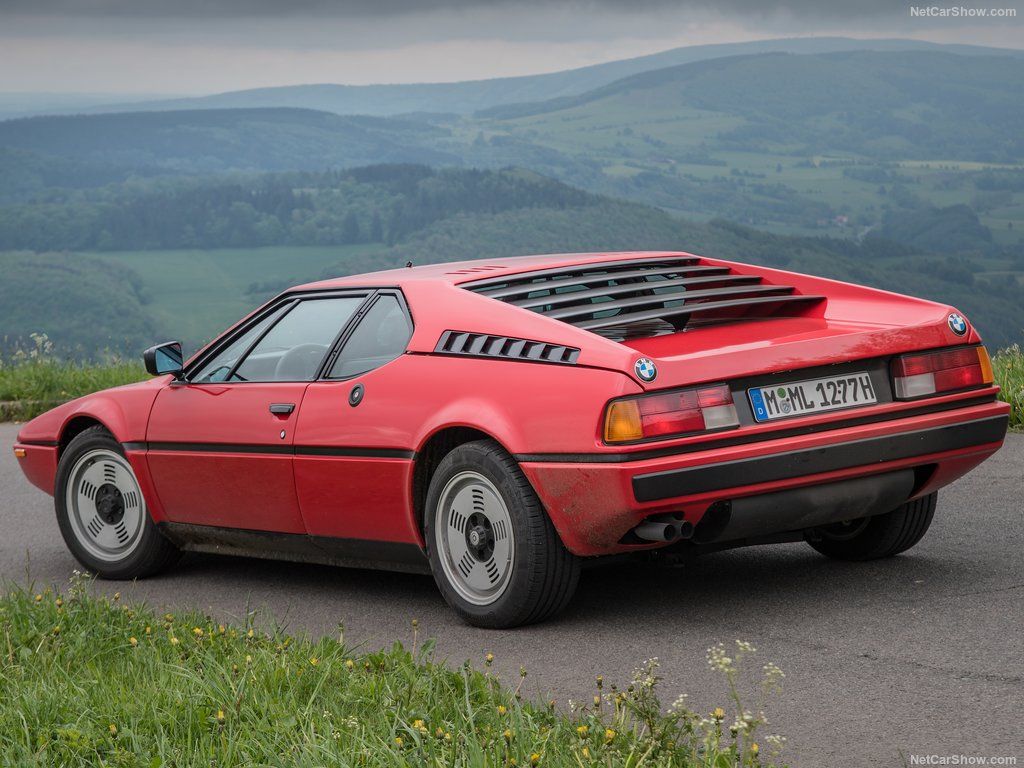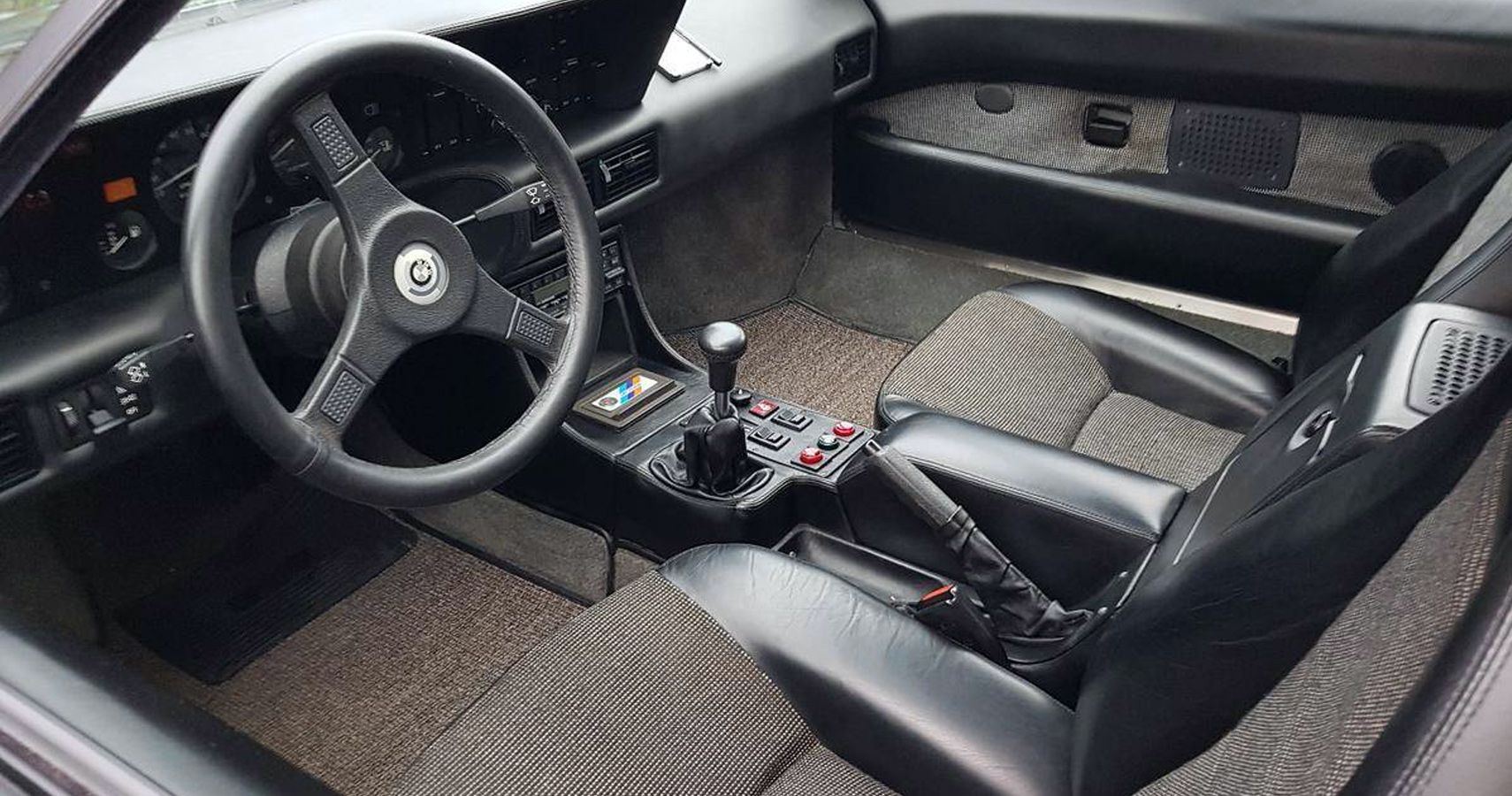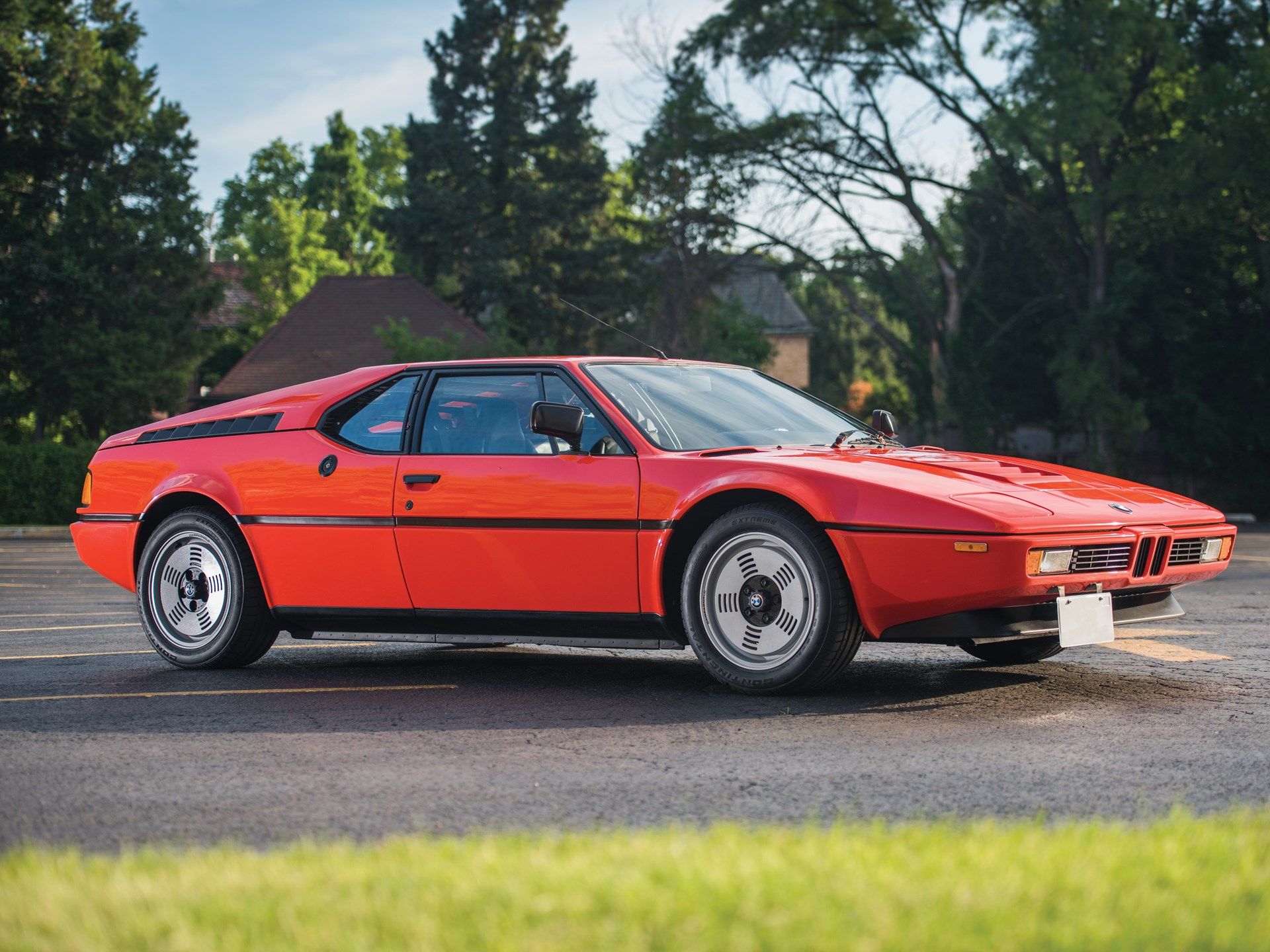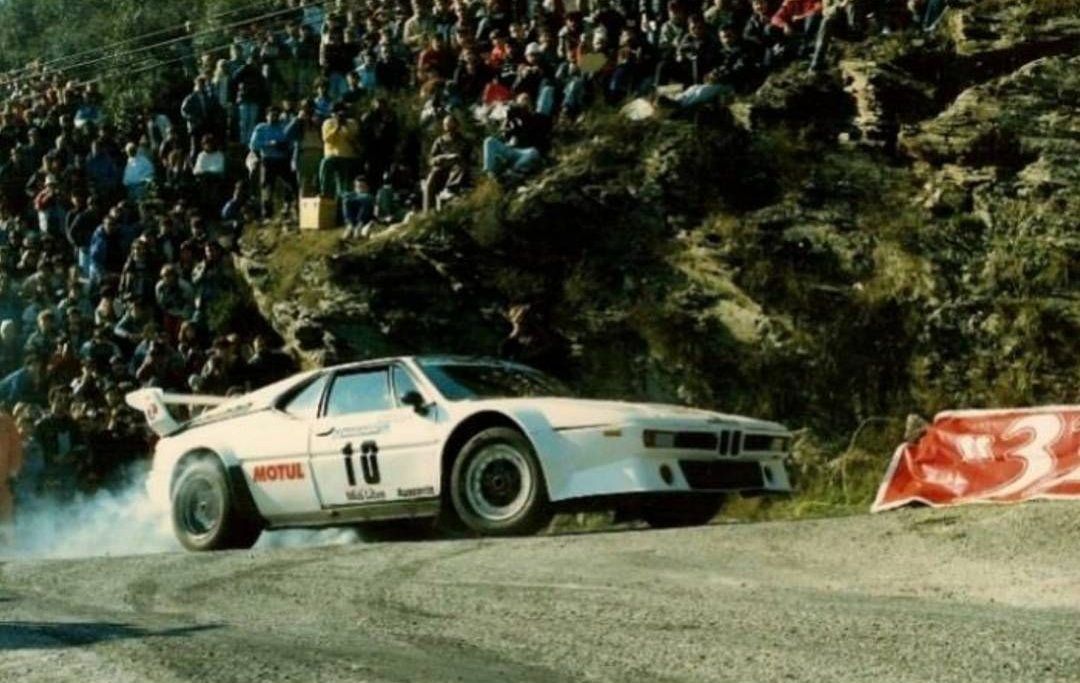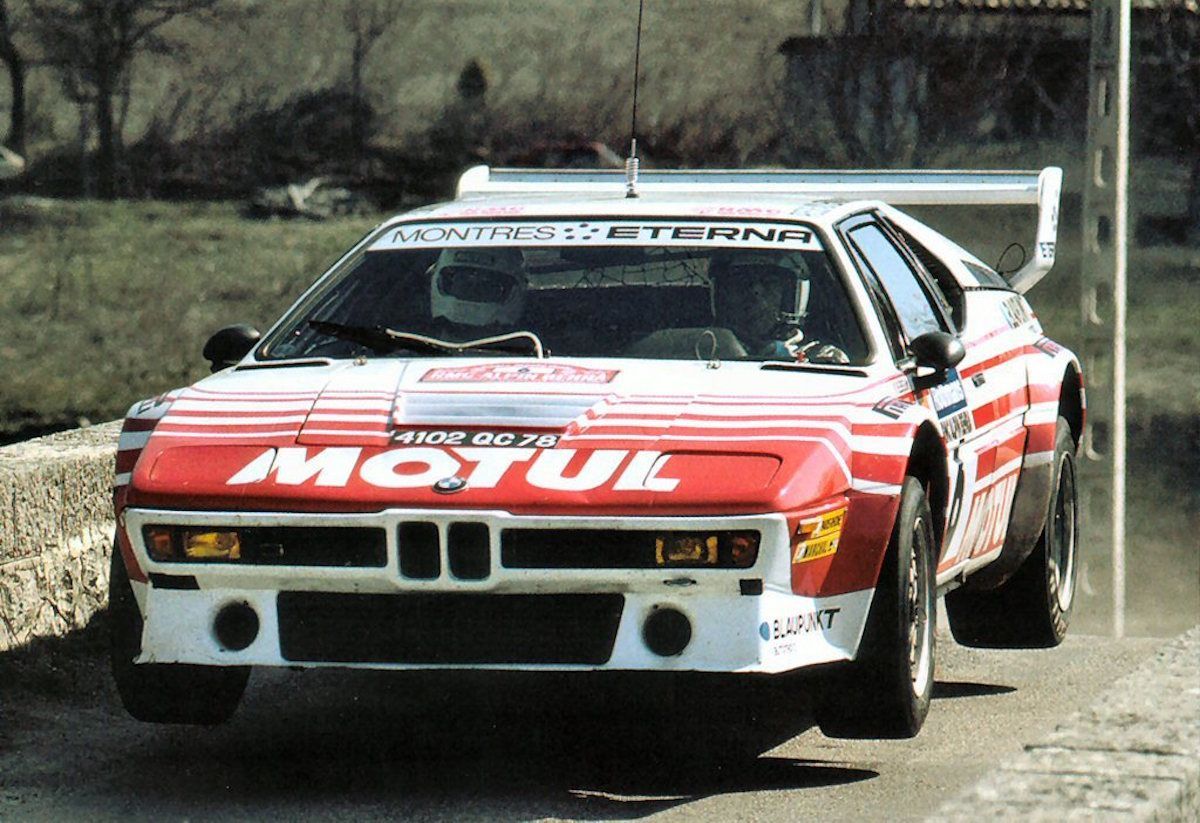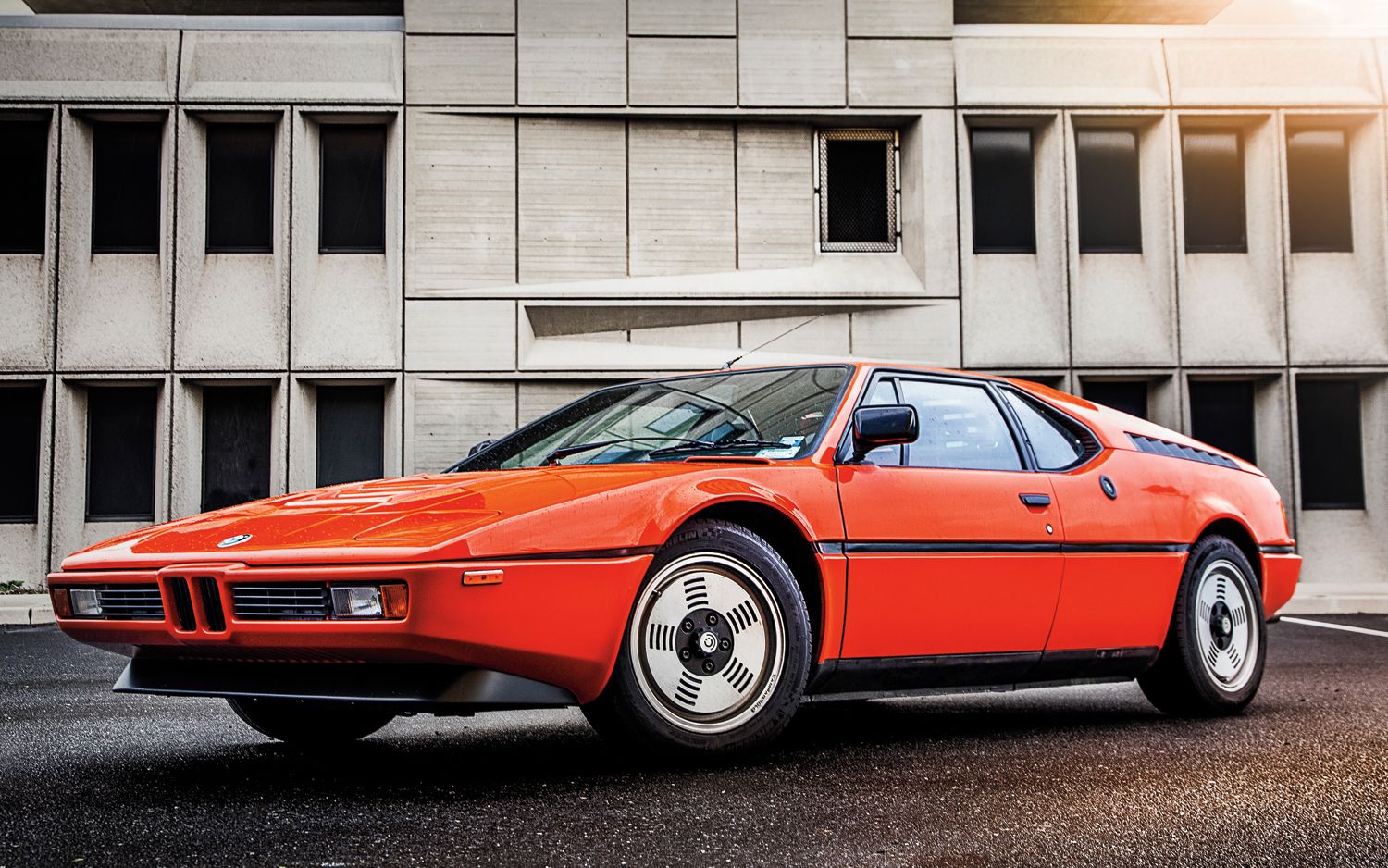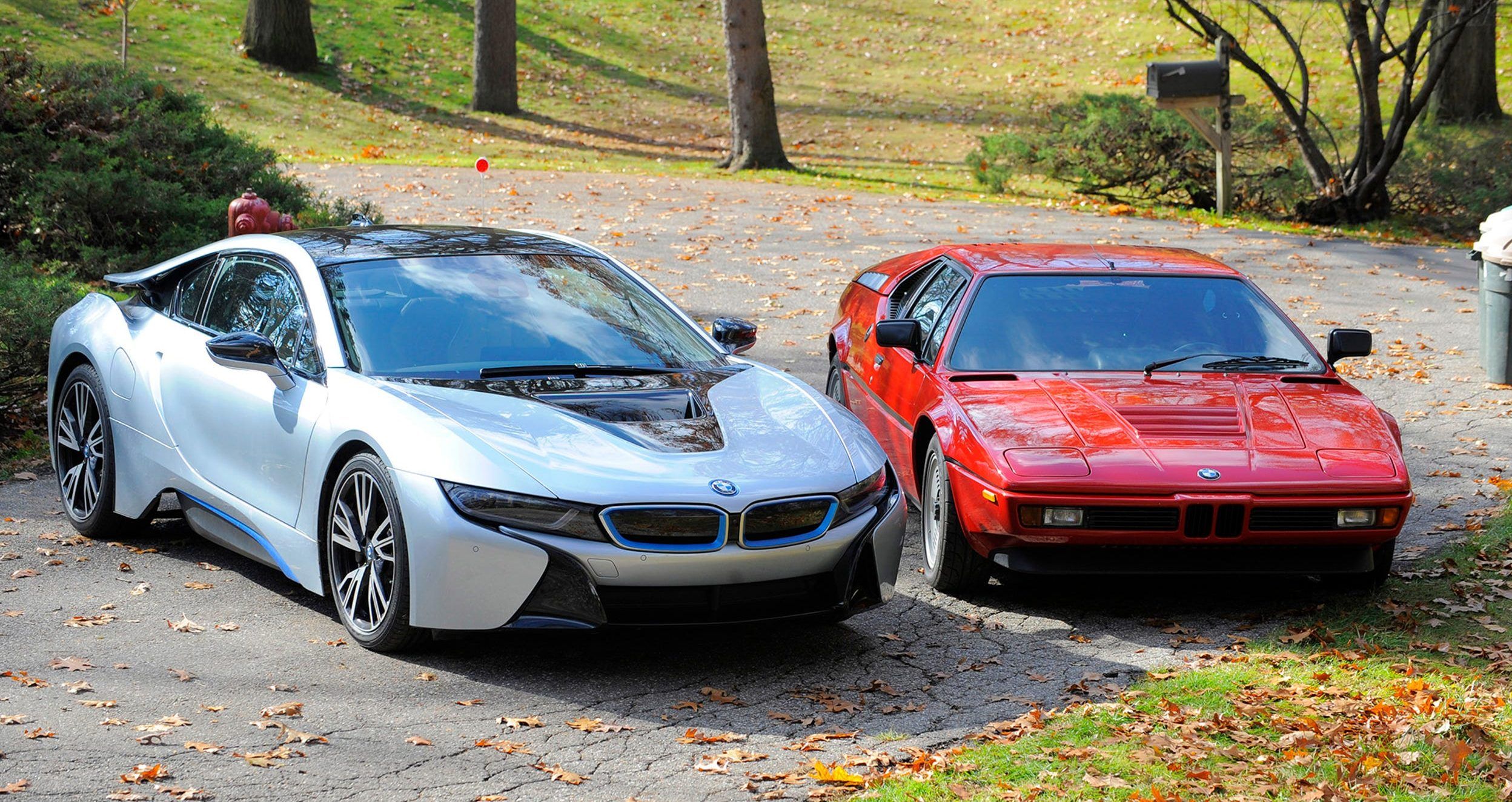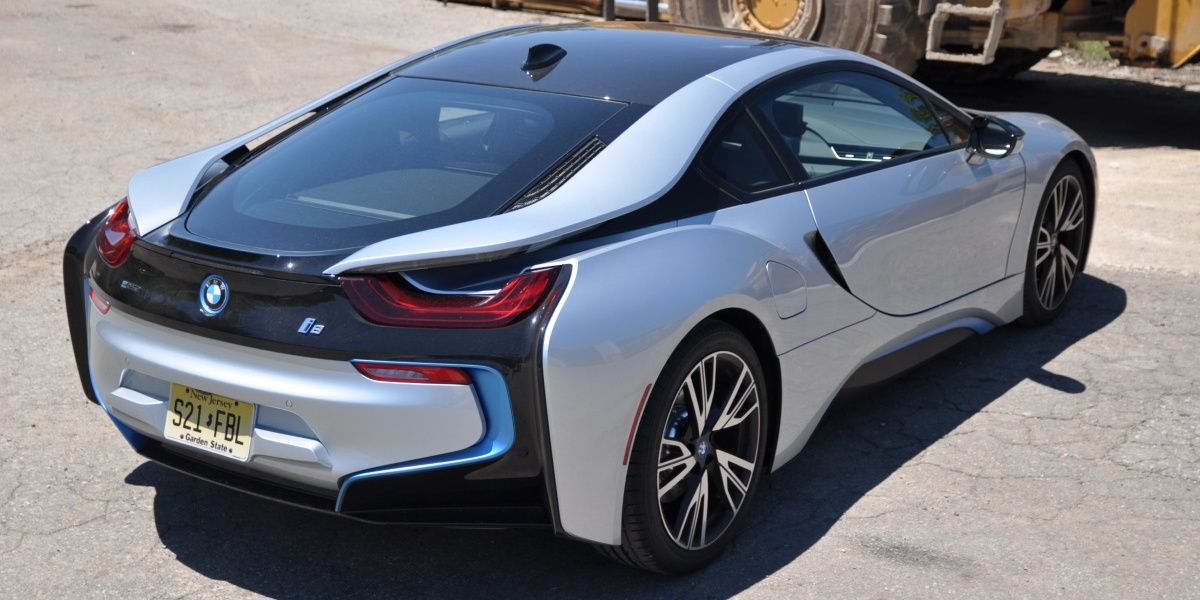BMW is not the first brand that comes to mind when it comes to supercar production, as it's mostly known for its impressive lineup of luxury sedans. However, in the '70s, BMW built a supercar that gave the Lamborghinis and Ferraris of the day a run for their money — the fantastic M1.
Introduced in 1978, the M1 was a gorgeous sports car that BMW built to satisfy its racing aspirations and showcase its advanced engineering capabilities. The M1 doesn't get nearly as much respect and admiration as it deserves within automotive circles. Still, its timeless design combined with raw racing technology makes it one of BMW's most important models. Here are ten reasons why we adore the M1.
10 The M1 Was Giorgetto Giugiaro’s Brainchild
When BMW was developing the M1, its aim was to ensure that the car could compete against the best sports cars of the day, both in looks and performance. The first thing they did was hire one of the best automotive designers of the day — the legendary Giorgetto Giugiaro.
As usual, Giugiaro came up with a gorgeous wedge-shaped design featuring a long flat nose, a low stance, and pop-up headlights — similar to the Lambos and Ferraris of the era. The only BMW trademark Giugiaro kept in the M1 was the front kidney grille.
9 BMW Developed The M1 For Racing
Like many of the greatest classic sports cars, the M1 was developed out of BMW's desire to participate in motorsports. In the late '70s, BMW wanted to create a competition car to participate in Group 5 racing, where it would face off against its arch-rival Porsche. The result was the M1.
Unfortunately, BMW couldn't produce the 400 road-going examples required for homologation into Group 5 racing in the stipulated time period. This and several changes to Group 5 rules forced BMW to enter the M1 into Group 4 racing instead.
8 Lamborghini Helped With The M1's Development
BMW wanted the M1 to be the German version of Italian supercars, so it entered into an agreement with Lamborghini to develop it. Under the agreement, Lamborghini was supposed to build 400 road-going examples of the M1 to meet homologation requirements.
Unfortunately, things didn't go according to plan. Lamborghini ran into financial problems, which forced them to postpone the M1 production beyond the 1977 deadline, causing it to miss out on Group 5 racing. Disappointed by Lamborghini's failure, BMW canceled the contract in 1978 and decided to produce the car itself.
7 The M1 Was The First Official M-Badged BMW
In 1972, BMW established BMW M GmbH — formerly known as BMW Motorsport GmbH — as a subsidiary to facilitate its racing program. The first official M-badged road car for sale to the public was the M1.
The M1 may have been road legal, but its power and excellent driving dynamics made it feel like a race car. BMW M eventually evolved from a race car builder into a producer of BMW's highest trim models. M-badged BMWs typically come with modified engines, suspensions, transmissions, exterior modifications, and interior upgrades to set them apart from 'normal' BMWs.
6 The M1 Was The First Mass-Produced Mid-Engined BMW
During the M1's development, the head of BMW M, Jochen Neerpasch, had one goal for the car — to make it mid-engined. According to Neerpasch, a mid-engined layout would give the M1 the edge it needed to overcome its competitors, particularly the rear-engined Porsches. Since the weight would be distributed more evenly, the M1 would have more traction, translating into faster acceleration.
The M1 was introduced in 1978 as the first mass-produced mid-engined BMW, and since then, the only other mid-engined BMW to be mass-produced is the i8.
5 The M1 Was Powerful
The M1 came with a twin-cam, 3.5-liter, inline-six engine tucked behind the seats. Known as the M88/1, the engine was developed by BMW M and featured four valves per cylinder, six separate throttle bodies, and Kugelfischer-Bosch mechanical fuel injection.
With 273 horses and 243 pound-feet of torque, the M1 took 6.5 seconds to accelerate to 60 mph and had a top speed of 162 mph — impressive figures at the time. Granted, the M1 was not one of the fastest sports cars of the '70s, but it was easy to drive and had fantastic handling.
4 The M1 Had A Luxurious Interior
The M1's motorsport roots meant that it had a basic interior layout to reduce weight as much as possible. However, BMW still ensured that it was a nice and comfortable place to be in. For starters, the M1 had sporty seats wrapped in high-quality cloth and leather; a layout shared with its door panels.
It also had a massive center console separating the seats, which included the gear shifter, handbrake lever, and various switches and buttons. Buyers also got air conditioning and a radio with a cassette player as standard equipment.
3 The M1 Was Successful In Motorsports
The M1 never got to compete in Group 5 racing as BMW had wanted during its development, but it still gave the German marque some glorious moments in motorsports. The M1's first involvement in motorsports came in 1979 when Jochen Neerpasch created the Procar BMW M1 Championship as a support series for Formula One. The series saw the five fastest F1 drivers compete for glory in identical M1s, which is why it was so popular.
After the series ended in 1980, various M1 race cars competed in Le Mans and other top-rated championships across the world. The 1984 season was the most successful for the M1, as it won back-to-back Rallye de Lorraine and Rallye de Baule.
2 The M1 Is A Rare Collectible
The M1 is one of the rarest BMW models ever. With only 399 road-going examples and 53 race cars produced between 1978 and 1981, finding one of these icons on the street is almost impossible.
As anyone would expect from such a rare car, the M1 is not cheap. In 2014, an orange M1 with just over 2,700 miles on the odometer traded for a whopping $440,000. The M1 Procars are even more desirable, as one exchanged hands for $913,000 at a 2020 RM Sotheby's auction.
1 The M1 Was The Inspiration For The BMW i8
When the BMW i8 burst onto the scene in 2014, it wowed gearheads with its fantastic design. What many don't know is that the i8 can trace its design back to the M1. This is because the i8's design was inspired by the 2008 M1 Hommage concept, which was supposed to be a futuristic take on the original M1's design.
The design is not the only thing that the i8 has in common with the M1. Like the M1, the i8 is also mid-engined. However, unlike the M1, the i8 is a plug-in hybrid.


